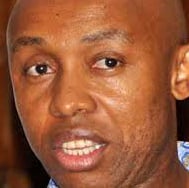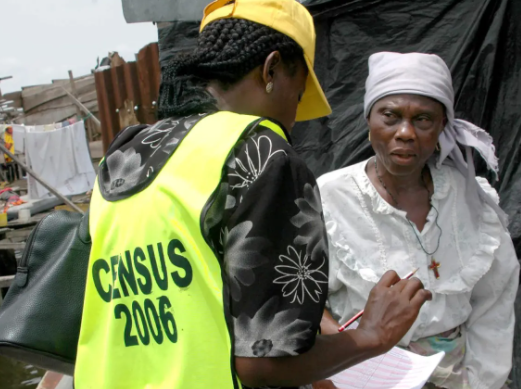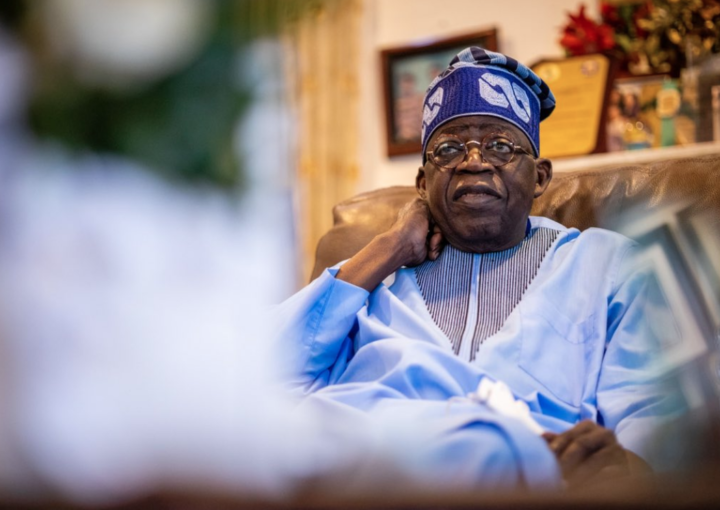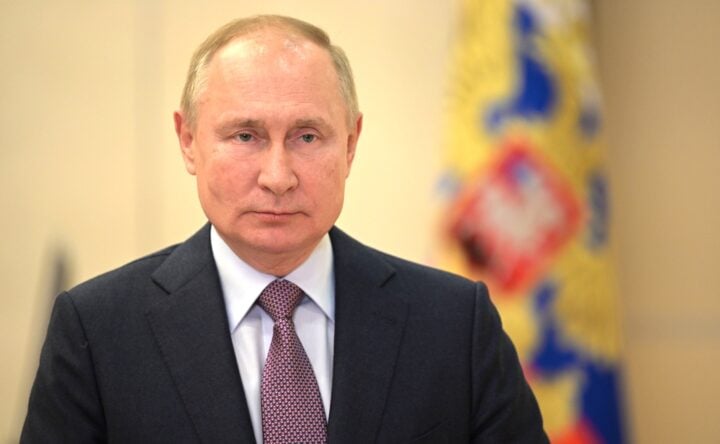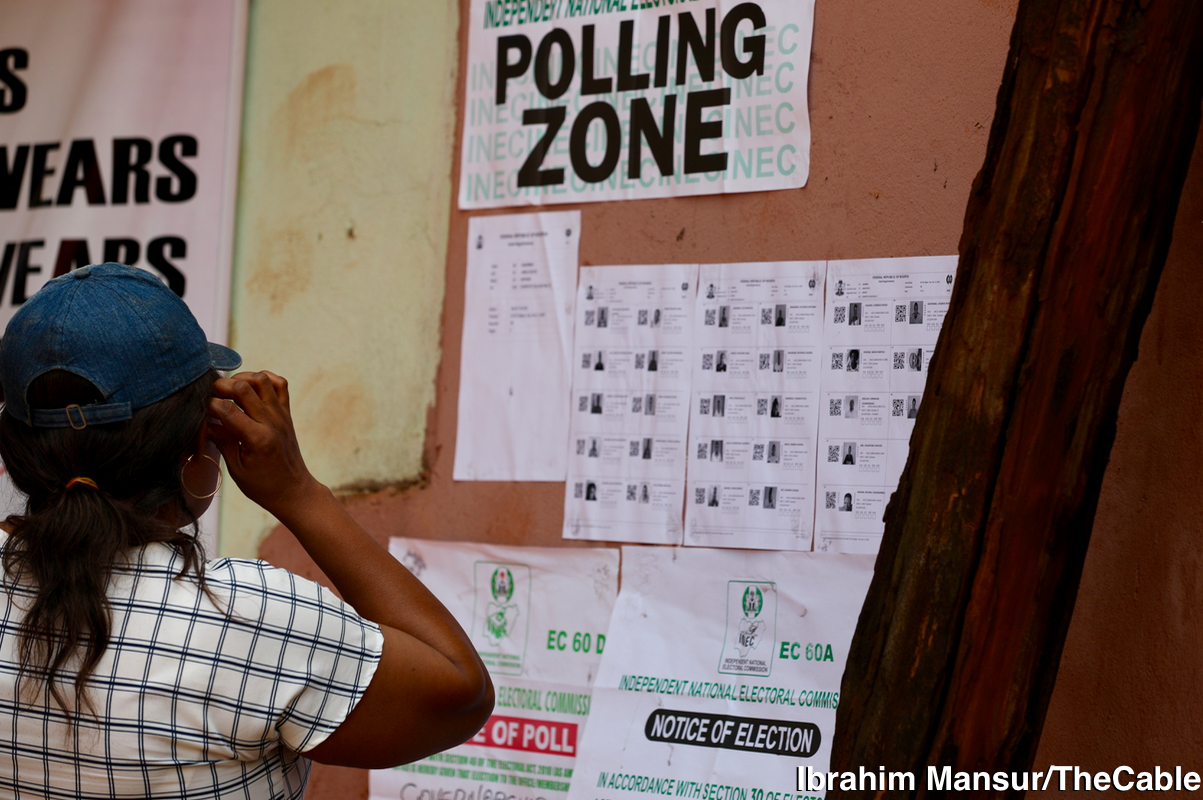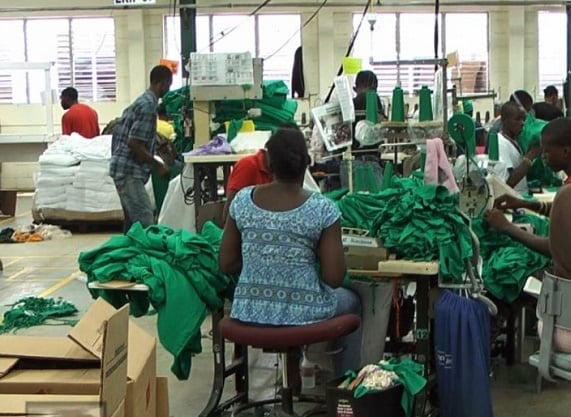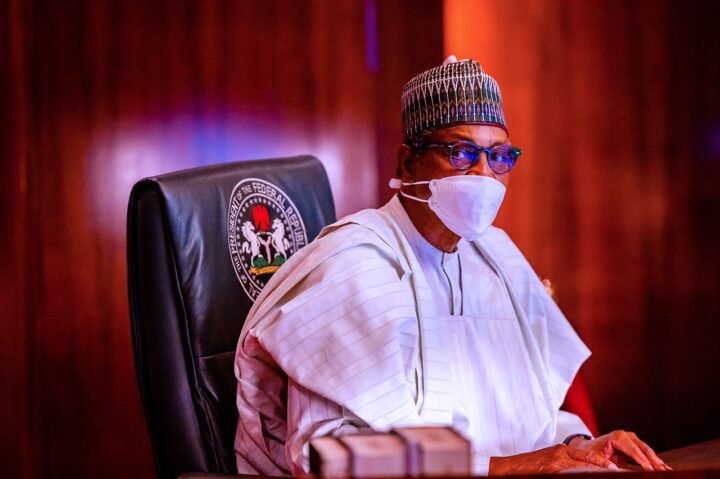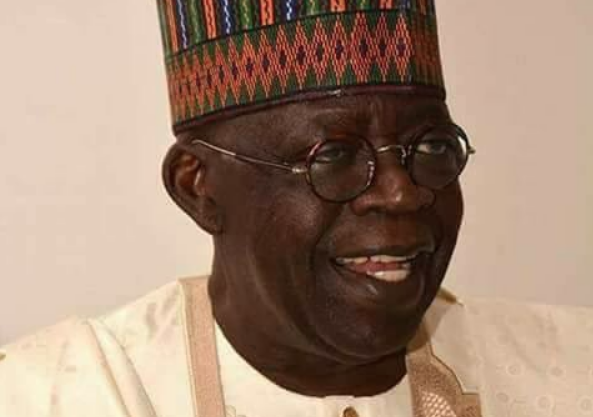A democracy counts and accounts for three things. First, the people; second the votes, and third, the people’s money. For the first, we conduct a census. The second is done through elections; while the third is the focus of public accounts. Through legitimacy conferred by counting the votes, the government acquires the mandate to administer the money on behalf and in favour of the people.
The drama in Nigeria has historically been in the counting of votes, which happens every four years but the real story is that Nigeria has never been able to count its people and this is not about to change anytime soon. To understand why Nigeria’s elections are historically rigged, it is essential to unravel why and how the country has been congenitally incapable of counting its people.
Nigeria’s constitution authorizes only the federal government to undertake a census. For this purpose, section 6 of the National Population Commission Act empowers the commission, also known as the N-Pop-C, to “undertake the enumeration of the population of Nigeria periodically, through censuses, sample surveys or otherwise” and to “establish and maintain a machinery for continuous and universal registration of births and deaths, throughout the federation”. The commission last issued official census figures for the country 16 years ago in 2006. It’s still unable to register most births in Nigeria. The problem is not necessarily that Nigeria has been unable to count its people for over one and a half decades. It is actually that the country has never been able to count its people at all.
Pre-colonial headcounts were limited; colonial headcounts were dubious and post-colonial headcounts have been mostly farcical. Let’s begin with the first: Headcounts in Nigeria predate the amalgamation of 1914. In pre-colonial Nigeria, there were six attempts at counting in and around the Colony of Lagos beginning in 1866. Subsequent headcounts followed in 1871, 1881, and 1891. The 1901 count was the first effort “to make estimates for Nigeria as a whole”. The merger of the colony of Lagos with the protectorate of southern Nigeria was followed by yet another estimated count in 1911, which was described as “very defective” to the extent that “the British administrators in charge admitted that the census figures were only preliminary and of little value for comparative purposes”.
Advertisement
If the estimates for the pre-colonial period were inadequate at best, the ones undertaken during colonial rule were decidedly dubious. Colonial headcounts were mostly for military conscription, taxation, or subsidizing the costs of imperial rule. The subjects usually found ways to resist them. As a result, colonial headcounts were always short. They achieved one thing though: they created demographic baselines that have – for good or ill-shaped the gradients of presumed demographic growth.
The 1921 census was the first to take place following the amalgamation but it “yielded inaccurate data owing to the difficulties arising from the hearty dislike which many tribes feel towards enumeration, and to the shortage of European staff due to World War I”. The next census ten years later in 1931 occurred in the shadow of the Great Depression globally and a locust invasion in the “Bornu, Kano, Zaria, Sokoto and Adamawa provinces”, essentially covering all of what is currently northeast and northwest Nigeria. In the east, the popular unrest led by the women against the extension of tax measures in Aba, Onitsha, and Owerri in 1929-1930 precluded any counts. In the end, active counting was confined only to Lagos, Egba, Ibadan, and Owo divisions in the west and some 201 villages in northern Nigeria.
The upshot, as Samuel Aluko later recalls, was that “[T]he government statistician commented that there was good reason to suppose the census figures to be ‘slightly defective in the Northern Provinces and much in defect in the southern Provinces’. He estimated that the figures were probably understated by about five percent in the northern provinces, 10% in Lagos and in the Abeokuta, Benin, Cameroons, Ijebu, Ogoja, Ondo, Oyo, and Warri provinces of southern Nigeria, and 15-20% in the Onitsha, Owerri, and Calabar provinces of eastern Nigeria”.
Advertisement
Two things are clear so far from this narrative. First, until 1931, censuses in Nigeria “were largely inaccurate as they did not meet all the accepted characteristics of a census”. Second, the 1931 census established an undercount in southeast Nigeria, which has persisted nearly one century after.
In 1941, the 2nd World War precluded any headcount in Nigeria. The next headcount took place over four years from 1950 to 1953 and firmly established the politicisation of headcounts in Nigerian history. The count for Lagos took place between 1950 and 1951, followed by that for the northern region from May to July 1952. The western region (including the mid-west) followed from December 1952 to January 1953. The count for the east did not occur until May to August 1953. While the counting was still to be concluded, however, the colonial authorities allocated representation for the 1953 elections, granting 50% of the seats in the federal parliament to the northern region. From resistance, therefore, different parts of the country moved to co-opt and corrupt the census.
Since independence, Nigeria’s headcounts have degenerated from dubious into farce. The first post-colonial headcount was in 1962. About this, the chief federal census officer claimed that “the figures recorded throughout the greater part of eastern Nigeria during the present census are false and have been inflated. The figures for the five divisions of Awka, Brass, Degema, Eket, and Opobo, which have recorded increases of over 100 and 120%, can certainly be rejected out of hand”. In respect of the western region, the chief census officer reported that “of the 62 census districts … provisional total figures are available for only five, due, in my view, to weakness in the census organisation in the region”.
This was a reference to the fact that the census took place in the shadow of the state of emergency in the west declared by the then federal government and popularly resisted in the region. Alhaji Waziri Ibrahim, then federal minister of economic development said, “it is useless to give out any figures to the public under the present circumstances . . . The fact is that there have been inaccuracies and under no circumstances will I release false figures. I shall do my duty and if in the end, we cannot arrive at any reasonably accurate figures, as the census officer has suggested, there can be no alternative but to do the whole thing again”.
Advertisement
True to Waziri Ibrahim’s word, the census was re-done in 1963 but by common consent, “the 1963 census figures were arrived at by negotiations rather than by enumeration”. Ten years later, in 1973, “the provisional figures were produced but the whole process broke down at the final evaluation stage because of charges and counter-charges of deliberate falsification of data to gain economic, political, and/or ethnic advantage. Moreover, the provisional figures, when compared with the projected figures from the 1963 census, resulted in negative growth rates in some sections of the country. In the end, that census was also suppressed after the enumeration stage and so no data were published”.
Ostensibly, between 1953 and 1963, “Lagos achieved an annual rate of growth of 9.5%, western Nigeria, 7.5%; eastern Nigeria 5.3%; northern Nigeria 5.1%; and midwestern Nigeria 5%”. The assumed population growth rate from 1963 to 1976 was 2.5% and, since 1977, 3.2%. By 2020, the population was still said to be growing at 3.2%. However, in the 27 years from 1963 to 1991, the population supposedly grew by 32.9 million, from 55.6 million to 88.5 million, a growth of 59.1%, representing an annual growth rate of 2.1%, a far cry from the supposed rate of 3.2%. By the last census 15 years later in 2006, the annual population growth rate emerged as 2.8%.
In 108 years since the amalgamation, there have been only six headcounts in Nigeria, three under colonial rule and three more since it ended. The 1991 census occurred 27 years after that of 1963. The 2006 count took place 15 years after 1991. It is already 16 years since the 2006 headcount and there will be none before the country votes in 2023. The results of the 1962 and 1973 headcounts were suppressed.
Democracy many depend on numbers but Nigeria’s numbers are hardly good for democracy. That may say something about Nigeria’s version of democracy. Even more, a government that does not count its living will not care to account for its dead.
Advertisement
A lawyer and teacher, Odinkalu can be reached at [email protected]
Advertisement
Views expressed by contributors are strictly personal and not of TheCable.
Add a comment
